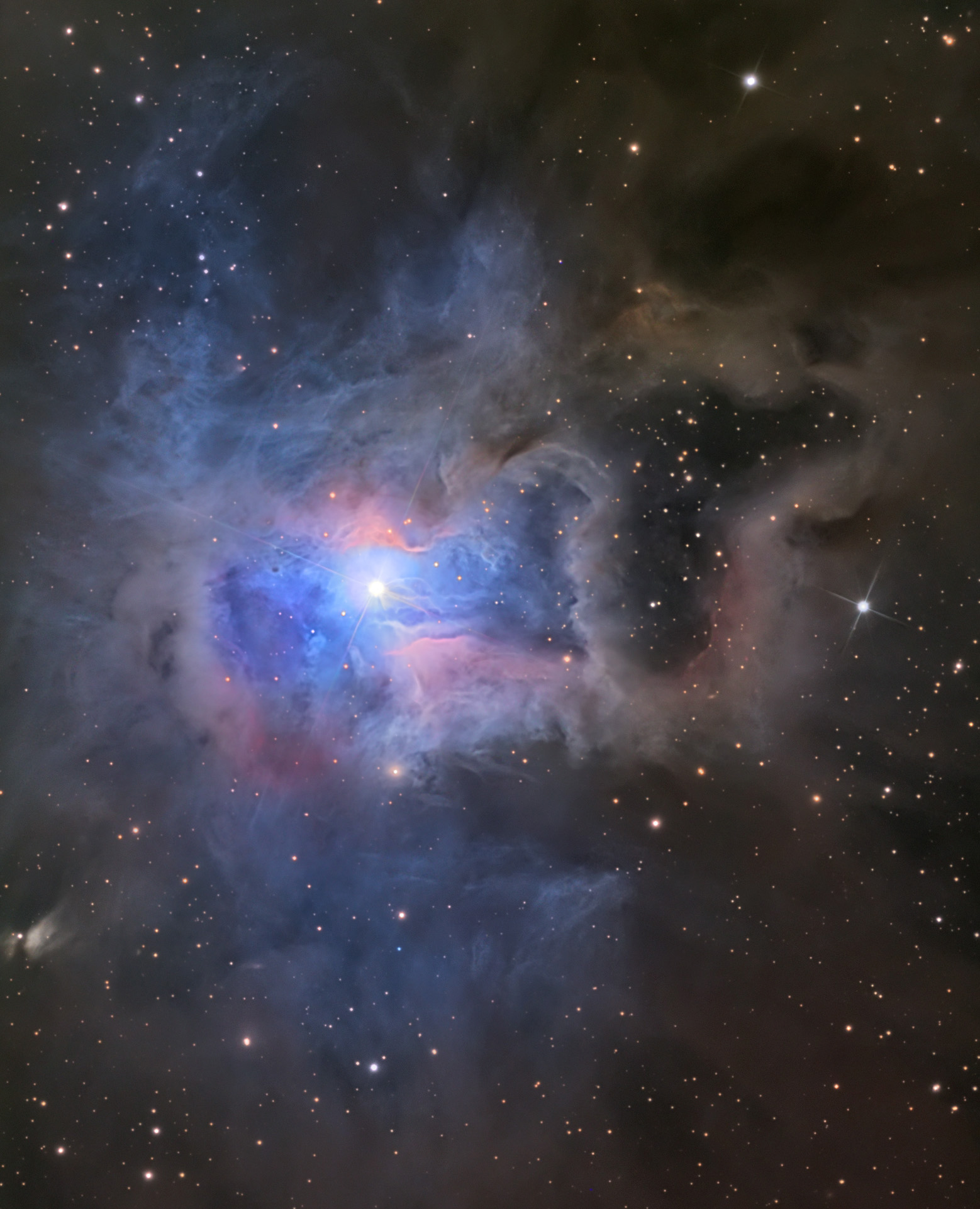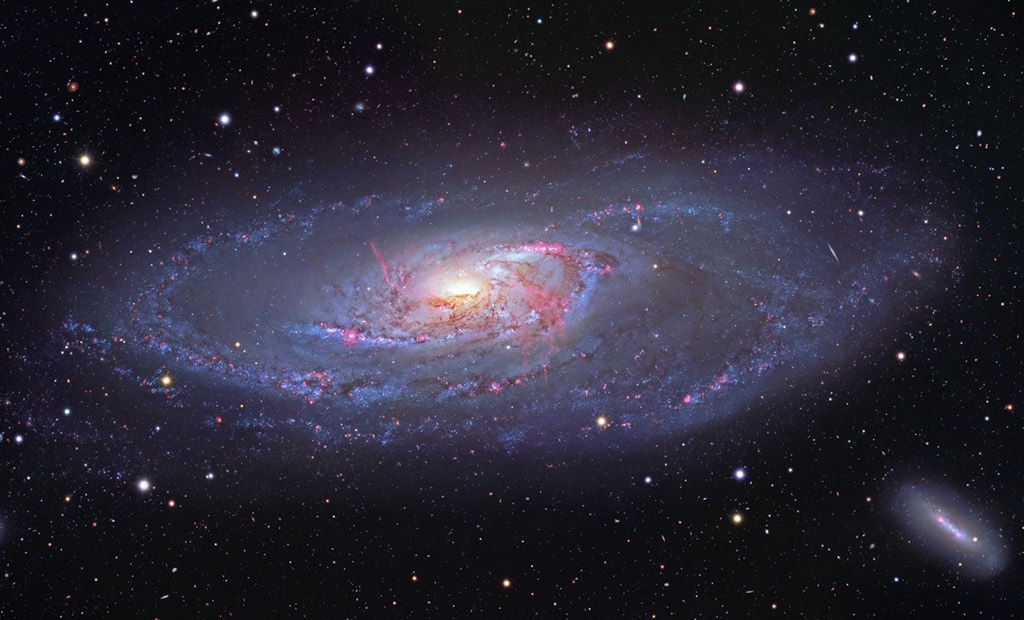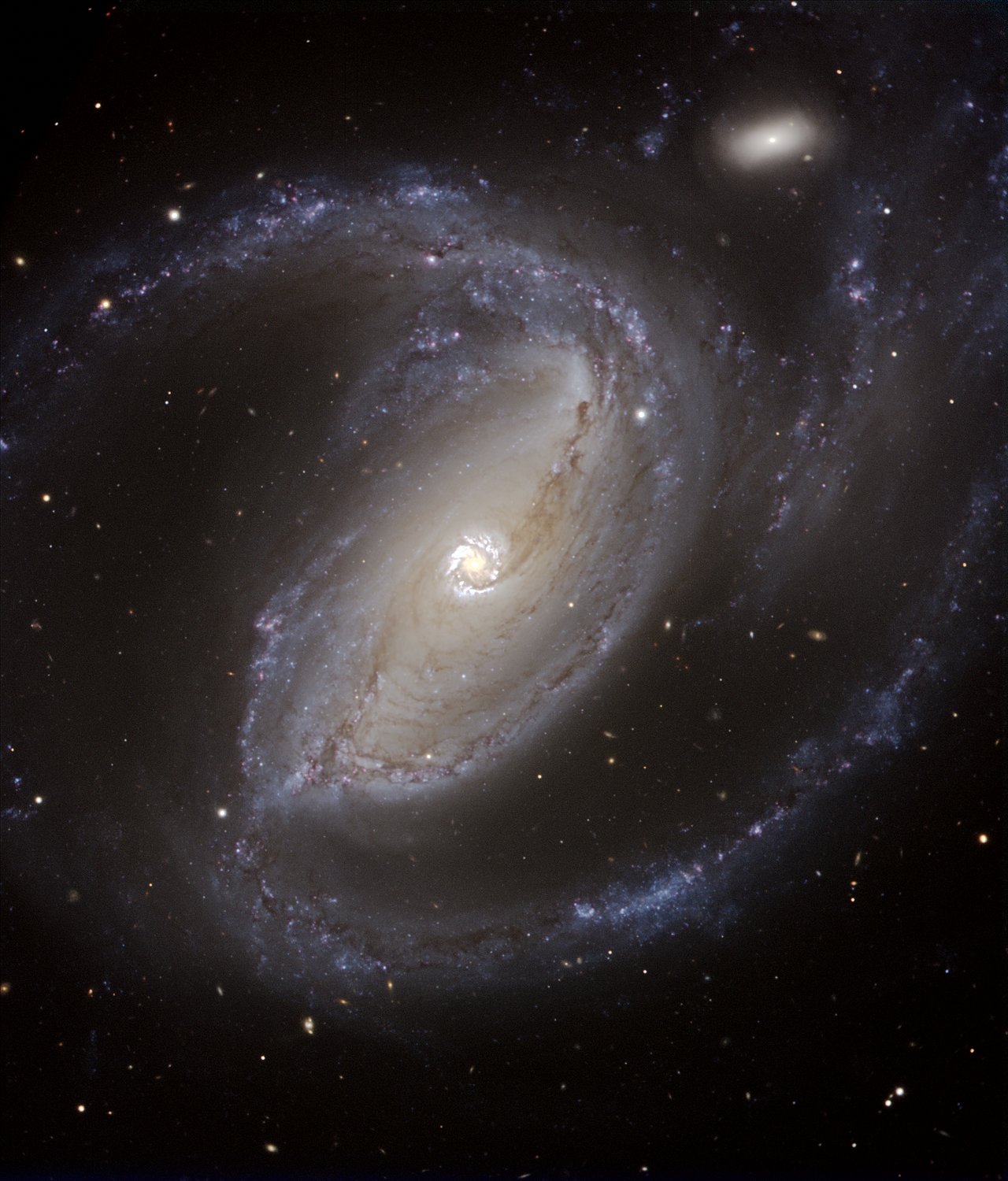Blog
Neville Eugenton Staple (born 11 April 1955) is a Jamaica-born English singer for the 2-tone ska band The Specials as well as his own band, The Neville Staple Band. He also sang with Ranking Roger in Special Beat.
Staple was born in Manchester, Jamaica. Neville left Jamaica to live in the English town of Rugby, Warwickshire at the age of five but later moved to Coventry. He was initially active in the sound system scene, forming his own crew called “Jah Baddis”. Neville was a regular fixture at the Locarno ballroom in Coventry where he met the resident DJ there, Pete Waterman. Pete wrote the foreword to Neville’s biography – “Original Rude Boy” – and briefly managed The Specials.
more...Luther Johnson (born April 11, 1939, Itta Bena, Mississippi) is a Chicago blues singer and guitarist, who performs under the name Luther “Guitar Junior” Johnson. He is not to be confused with Luther “Georgia Boy” Johnson, Luther “Houserocker” Johnson, or Lonnie “Guitar Junior” Brooks. Johnson moved to Chicago with his family in 1955. During the 1960s, he performed with Magic Sam. He performed in Muddy Waters‘ band from 1972 to 1980. In 1980, four of his songs were included in an anthology released by Alligator Records. That same year he appeared as a member of the Legendary Blues Band, backing John Lee Hooker in the movie The Blues Brothers.
Johnson moved to the East Coast and began fronting his own band, the Magic Rockers. His “Walkin’ the Dog” was recorded live at the Montreux Festival‘s Blues Night. He won a Grammy Award in 1985 for Best Traditional Blues Album for his part in Blues Explosion. He recorded three albums released by Telarc Records: Slammin’ on the West Side (1996), Got to Find a Way (1998), and Talkin’ About Soul (2001).[1] He also performed on three albums by the Nighthawks.
more...Jimmy Lewis (April 11, 1918 – 2000) was an American double bassist who worked with the Count Basie Orchestra and sextet in the 1950s and with Duke Ellington, Cootie Williams, Billie Holiday and Ivory Joe Hunter before moving to bass guitar during his time with King Curtis. He provided the basslines for the musical Hair. Lewis freelanced extensively and performed on many albums by soul and jazz musicians, including Horace Silver and the Modern Jazz Quartet up until the late 1980s. He died in 2000.
more...John Levy (April 11, 1912 – January 20, 2012) was an American jazz double-bassist and businessman.
Levy was born in New Orleans, Louisiana. In 1944, he left his family home in Chicago, Illinois, and moved to New York City where he played bass for such renowned jazz musicians as Ben Webster, Erroll Garner, Milt Jackson, and Billie Holiday. In 1949, he became the bassist in the original George Shearing Quintet, where he also acted as Shearing’s road manager. In 1951, Levy opened John Levy Enterprises, Inc., becoming the first African-American personal manager in the pop or jazz music field. By the 1960s, Levy’s client roster included Shearing, Nancy Wilson, Cannonball Adderley, Joe Williams, Shirley Horn, Soul singer Jimmie Raye, and Ramsey Lewis. In 1997, Levy was inducted into the International Jazz Hall of Fame, and in 2006 he was named a Jazz Master by the National Endowment for the Arts. He died on January 20, 2012, aged 99, in Altadena, California.
more...The Iris Nebula (also known as NGC 7023 and Caldwell 4) is a bright reflection nebula in the constellationCepheus. The designation NGC 7023 refers to the open cluster within the larger reflection nebula designated LBN 487.
The nebula, which shines at magnitude +6.8, is illuminated by a magnitude +7.4 star designated SAO 19158.[1]It is located near the Mira-type variable star T Cephei, and near the bright magnitude +3.23 variable star Beta Cephei (Alfirk). It lies 1,300 light-years away and is six light-years across.

Joey DeFrancesco (born April 10, 1971) is an American jazz organist, trumpeter, and vocalist. He has released more than 30 albums, including recordings with Miles Davis and Jimmy Smith. DeFrancesco signed his first record deal at the age of 16 and has played internationally with musicians that include David Sanborn, Arturo Sandoval, Larry Coryell, Frank Wess, John McLaughlin, Benny Golson, James Moody, Steve Gadd, Danny Gatton, Elvin Jones, Jimmy Cobb, George Benson, Pat Martino, John Scofield, Joe Lovano, and recorded with musicians that included Ray Charles, Bette Midler and Van Morrison.
DeFrancesco was born in 1971 in Springfield, Pennsylvania. He was born into a musical family that included three generations of jazz musicians. He was named after his grandfather, Joseph DeFrancesco, a jazz musician who played the saxophone and clarinet His father, “Papa” John DeFrancesco, was an organist who played nationally and received the Oklahoma Jazz Hall of Fame‘s Living Legend Award in 2013. DeFrancesco began playing the organ at the age of 4 and was playing songs by Jimmy Smith verbatim by the time he was 5. His father John began taking him to gigs from the age of 5, letting him sit in on sets. At the age of 10, DeFrancesco joined a band in Philadelphia that included jazz musicians Hank Mobley and Philly Joe Jones. He was considered a fixture at local jazz clubs, opening shows for Wynton Marsalis and B.B. King.
DeFrancesco attended the Philadelphia High School for the Creative and Performing Arts. During his high school years, DeFrancesco won numerous awards, including the Philadelphia Jazz Society McCoy Tyner Scholarship. He was a finalist in the first Thelonious Monk International Jazz Piano Competition.
more...Omar Sosa (born April 10, 1965) is a jazz pianist from Cuba.
A native of Camagüey, Cuba, Sosa studied percussion at the Escuela Nacional de Musica and Instituto Superior de Arte. In the 1980s he started the band Tributo, recording albums and touring with the band. He worked with Cuban vocalist Xiomara Laugart and several Latin jazz bands. In the 1990s he moved from Cuba to Quito, Ecuador; to Palma de Mallorca, Spain; to the San Francisco Bay area, in California, United States; and finally settled in Barcelona, Spain.
While in California, Sosa released his first few albums under his own name. He had received Grammy Award nominations for four of his albums, three in the Latin Jazz category, as of 2020. In January 2011, Sosa and the NDR Bigband[de] (North German Radio Bigband) won the 10th Independent Music Awards (IMAs) in the Jazz Album category for Ceremony. He has also collaborated with Paolo Fresu, Seckou Keita, Adam Rudolph, and many other musicians. Sosa has released most of his recordings on his own Otá label.
more...Neville O’Riley Livingston OM OJ (10 April 1947 – 2 March 2021), known professionally as Bunny Wailer, was a Jamaican singer-songwriter and percussionist. He was an original member of reggae group The Wailers along with Bob Marley and Peter Tosh. A three-time Grammy Award winner, he is considered one of the longtime standard-bearers of reggae music. He was also known as Jah B, Bunny O’Riley, and Bunny Livingston.
Wailer was born Neville O’Riley Livingston on 10 April 1947 in Kingston. He spent his earliest years in the village of Nine Mile in Saint Ann Parish. It was there that he first met Bob Marley, and the two young boys befriended each other quickly. The boys both came from single-parent families; Livingston was brought up by his father, Marley by his mother. Later, Wailer’s father Thaddeus “Thaddy Shut” Livingston lived with Marley’s mother Cedella Booker in Trenchtown and had a daughter with her named Pearl Livingston. Peter Tosh had a son, Andrew Tosh, with Wailer’s sister Shirley, making Andrew his nephew.
more...Kishori Ravindra Amonkar (10 April 1932 – 3 April 2017) was a leading Indian classical vocalist, belonging to the Jaipur gharana, or a community of musicians sharing a distinctive musical style.
She was a performer of the classical genre khyal and the light classical genres thumri and bhajan. Amonkar trained under her mother, classical singer Mogubai Kurdikar also from the Jaipur gharana, but she experimented with a variety of vocal styles in her career.
Kishori’s initial training in music was by her mother, the classical vocalist Mogubai Kurdikar. She has stated in an interview that her mother was an exacting teacher, initially teaching her by singing phrases and making Kishori repeat them. In the early stages of her career, she travelled with her mother to performances, accompanying her on the tanpura while Kurdikar sang.
In the early 1940s, young Kishori began to receive vocal lessons in Hindustani classical music from Anjanibai Malpekar of the Bhendibazaar gharana and later received training from tutors of several other gharanas.Her tutors included Anwar Hussain Khan of Agra gharana, Sharadchandra Arolkar of Gwalior gharana, and Balkrishnabuwa Parwatkar. Kishori has credited Anjanibai, in particular, with teaching her the technique of meend, or gliding, between notes.
more...Close to the Great Bear (Ursa Major) and surrounded by the stars of the Hunting Dogs (Canes Venatici), this celestial wonder was discovered in 1781 by the metric French astronomer Pierre Mechain. Later, it was added to the catalog of his friend and colleague Charles Messier as M106. Modern deep telescopic views reveal it to be an island universe – a spiral galaxy around 30 thousand light-years across located only about 21 million light-years beyond the stars of the Milky Way. Along with a bright central core, this stunning galaxy portrait, a composite of image data from amateur and professional telescopes, highlights youthful blue star clusters and reddish stellar nurseries tracing the galaxy’s spiral arms. It also shows off remarkable reddish jets of glowing hydrogen gas. In addition to small companion galaxy NGC 4248 at bottom right, background galaxies can be found scattered throughout the frame. M106, also known as NGC 4258, is a nearby example of the Seyfert class of active galaxies, seen across the spectrum from radio to X-rays. Active galaxies are powered by matter falling into a massive central black hole.

Stephen Kendall Gadd (born April 9, 1945) is an American drummer, percussionist, and session musician. Gadd is one of the most well-known and highly regarded session and studio drummers in the industry, recognized by his induction into the Modern Drummer Hall of Fame in 1984. Gadd’s performances on Paul Simon‘s “50 Ways to Leave Your Lover” and “Late in the Evening” and Steely Dan‘s “Aja” are examples of his style. He has worked with popular musicians from many genres including Simon & Garfunkel, Steely Dan, James Taylor, Harry Chapin, Joe Cocker, Grover Washington Jr., Chick Corea, Lee Ritenour, Paul Desmond, Chet Baker, Al Di Meola, Kenny Loggins, Eric Clapton, Michel Petrucciani, and Toshiki Kadomatsu.
Gadd grew up in Irondequoit, New York. He started playing the drums at a very early age. At age 11, he entered the Mickey Mouse National Talent Round Up contest and was one of the winners; he won a trip to California, where he met Walt Disney and appeared on The Mickey Mouse Club, where he played the drums and did a tap dancing routine. Gadd attended and graduated from Eastridge High School, then attended the Eastman School of Music, graduating in 1968. He was then drafted into the United States Army, where he spent the next three years playing drums in the Army Band.
more...Sidney Simien (April 9, 1938 – February 25, 1998), known as Rockin’ Sidney and Count Rockin’ Sidney, was an American R&B, zydeco, and soul musician who began recording in the late 1950s and continued performing until his death.
Rockin’ Sidney was a long-time zydeco musician who played almost every style of music, from Caribbean beats to blues. His credits included “No Good Woman”, “You Ain’t Nothing But Fine”, “Tell Me”, and his biggest hit, “My Toot Toot“, which became a worldwide hit.
Simien was born into a long historical Creole French speaking family and a descendant of Antoine of Marseille, France and Marie Simien (who was a free woman of color and a plantation owner). Sidney himself was born in the tiny farming community of Lebeau, St. Landry Parish, Louisiana, United States. Sidney took up the guitar at an early age. He started his musical career at age 14 or 15 playing harmonica and guitar. His first gig was as backup for his uncle Frank Simien. By Sidney’s late teens, he was leading his own band as Sidney Simien and His All Stars, which included several members of his family. In 1957, at the age of 18, he recorded his first side, “Make Me Understand,” on the short-lived Carl label. “No Good Woman” became a small hit in Louisiana in 1962, while the flip side, “You Ain’t Nothing But Fine” brought him his first national attention as a songwriter. The Fabulous Thunderbirds recorded the song on their debut album. After that, Sidney recorded “She’s My Morning Coffee” / “Calling You” on the Jin label.
more...Reuben Wilson (born April 9, 1935) is a jazz organist. He performs soul jazz and acid jazz, and is best known for his title track “Got to Get Your Own”.
He was born in Mounds, Oklahoma and his family moved to Pasadena when he was 5. He played in Los Angeles with drummer Al Bartee, then moved to New York to begin a recording career. In addition to playing with jazz musicians Melvin Sparks and Willis Jackson, Wilson led the local band Wildare Express. He remains an active musician, and still resides in New York City.
more...Mance Lipscomb (April 9, 1895 – January 30, 1976) was an American blues singer, guitarist and songster. He was born Beau De Glen Lipscomb near Navasota, Texas. As a youth he took the name Mance (short for emancipation) from a friend of his oldest brother, Charlie.
Lipscomb was born April 9, 1895. His father was an ex-slave from Alabama; his mother was half African American. For most of his life, Lipscomb supported himself as a tenant farmer in Texas. He had started playing guitar at an early age and became an accomplished musician.
He was discovered and recorded by Mack McCormick and Chris Strachwitz in 1960, during a revival of interest in the country blues. He recorded many albums of blues, ragtime, Tin Pan Alley, and folk music (most of them released by Strachwitz’s Arhoolie Records), singing and accompanying himself on acoustic guitar. Lipscomb had a “dead-thumb” finger-picking guitar technique and an expressive voice. He honed his skills by playing in nearby Brenham, Texas, with a blind musician, Sam Rogers.
more...Farruco is a way of calling the Franciscos and the Asturians in Andalusia. Farruco was also the name that people from Andalusia used to denominate people from Galicia, from where this song likely originates. In Flamenco, being mostly an oral tradition, the lyrics often give valuable hints about their origins, and Farruca lyrics undoubtedly allude to the Galicia region. Further proof can be established from the descending melody that is performed on the vowel ‘a’ at the end of each couplet and to close the “cante” (Spanish for song or singing), which in a certain way tends to imitate the Galician melos. Another feature of Farruca cante is the use of glossolalia, “con el tran-tran-tran-treiro”, which is reminiscent of the Galician region. It has to be stressed, though, that to this day its geographic origin has not been proven scientifically.
more...It is an almost-true colour composite based on images made with the multi-mode VIMOS instrument on the 8.2-m Melipal (Unit Telescope 3) of ESO’s Very Large Telescope. Exposures were taken in three different wavebands which were associated to a given colour : R-band (centred around 652 nm; red), V (540 nm; green) and B (456 nm; blue). The images were taken on the night of December 9 to 10, 2004 in the presence of the President of the Republic of Chile, M. Ricardo Lagos. The observing conditions were very good (seeing well below 1 arcsec). The total exposure was 2.25 min in R, 3 min in V and 6 min in B. The scale is 0.205 arcsec/pix and the image covers a 7.7 x 6.6 arcmin2 region on the sky. All exposures were taken and pre-processed by ESO Paranal Science Operation astronomers. Additional image processing by Henri Boffin (ESO).

More Posts
- Ray Mantilla Day
- Cal Green Day
- World Music with ESTRELLA MORENTE
- Daily Roots with Sizzla
- The Cosmos with NGC 5426/27
- Eric Reed Day
- Lalo Schifrin
- Skip James Day
- World Music with Alekos K. Vretos
- Daily Roots with Ijahman Levy
- The Cosmos with M16
- Eric Dolphy Day
- Lazy Lester Day
- World Music with Obo Addy
- Daily Roots with Bob Marley
- The Cosmos with Fleming 1
- Ernest Ranglin Day
- Billy Drummond Day
- World Music with Lela Tataraidze
- Daily Roots with the Skatalites